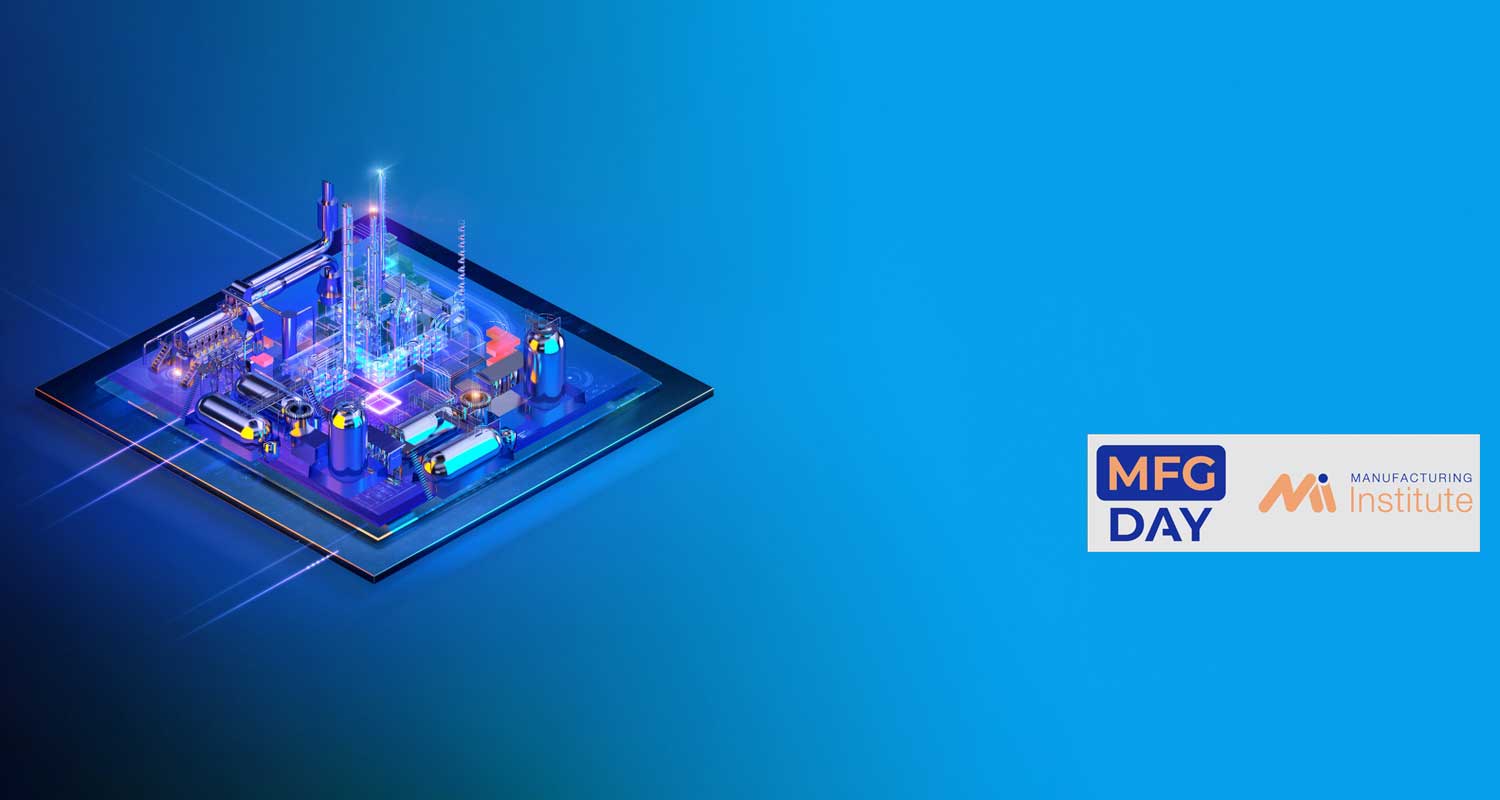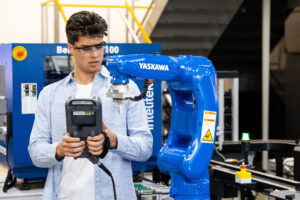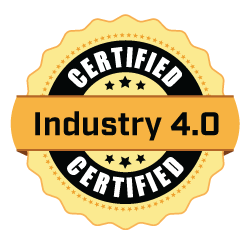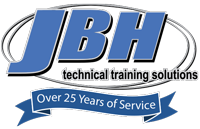Manufacturing jobs look very different today than they did even five or 10 years ago, and career and technical education (CTE) programs must change as well if they’re going to prepare students effectively for manufacturing careers.
But what does this mean in practical terms? What should a modern CTE program in manufacturing look like?
As manufacturing processes become more automated, integrated, and data-driven, companies need skilled employees who know how to maintain and troubleshoot advanced equipment and who can analyze digital information and use it to solve problems.
A recent report from the Manufacturing Institute and Rockwell Automation identified three key recommendations for how CTE programs should teach the skills needed for success in manufacturing careers:
- Use authentic, real-world data and scenarios.
- Focus on problem solving.
- Build versatility by emphasizing cross-functional training.
Modern CTE programs in manufacturing should be as practical, hands-on, and multidisciplinary as possible. At Intelitek, we help schools and colleges achieve these goals through the use of “capstone” projects, which integrate all of the diverse skills and technologies that students need to learn within a modern Industry 4.0 environment.
For instance, our SmartCIM 4.0 system is a flexible computer integrated manufacturing (CIM) scenario designed to teach all of the skills involved in running a production line. SmartCIM includes mechanical machinery, electrical systems, robotics, mechatronics, data sensors, and software—all the components of a production line working together. Students get to operate and program the robots, configure the CNC machine, and manufacture real parts. They’ve got to make all of these components work together seamlessly. If the system stops working, they’ve got to troubleshoot it.
We have another capstone project for Smart Robotics, which integrates robotics, programmable logic controllers (PLCs), peripherals, and machine vision systems. This very practical project environment enables students to practice, design, troubleshoot and learn in a realistic lab scenario.
Our newest capstone project, SmartLogistics 4.0 includes storage, packing, and sorting stations and an autonomous mobile robot that moves between stations in a simulated warehouse. We’re working on a semiconductor capstone as well.
Having a multidisciplinary training program is important, because it helps students understand how all of the various aspects within manufacturing work together. There is no such thing as a robot working by itself; a robot is always connected to other devices and processes. In a logistics environment, a robot might be programmed to move things. But to do so, the robot has to communicate with sensors that detect when there is something to move and to the PLC that controls the other parts of the system. Similarly, there is no such thing as a technician who only does one job anymore.
Practical examples
The Technology and Engineering Academy at Rich Township High School District in Illinois offers many career pathways, one of which is manufacturing. They recently installed our SmartCIM equipment so that students could learn about computer integrated manufacturing in an applied setting.
“It’s really awesome for students to see how the skills they’re learning are applied in the real world,” says Jackie Stone, division leader for the Technology and Engineering Academy program.
“Students love engaging with the equipment,” adds Mike Wilson, an applied technology teacher for the program. “We want our students to have the opportunity to set themselves apart. [This experience is] going to help our students get those jobs.”
Edgecombe Community College (ECC) in North Carolina has also upgraded its manufacturing labs to meet the needs of local companies more effectively. In January 2020, ECC opened a new Center for Innovation on its Tarboro campus, providing high school and adult students with hands-on access to the newest technology and practices needed for local manufacturing plants.
A hands-on CIM curriculum teaches students all aspects of a production cycle, from customer order and inventory control, through automated manufacturing of materials into finished parts, to quality inspection and final delivery. ECC uses our advanced manufacturing training equipment and lessons, including online curriculum that’s available to students 24-7.
“We’re tuning even more into local industry needs. We’re hearing more about data, metadata, and process control,” says Doug Parrish, ECC’s department chair of industrial systems and technical trades. He says the revamped program is preparing students better for modern manufacturing careers.
Address the needs!
We see the need for more highly qualified employees in what used to be entry-level jobs. A manufacturing technician today is doing far more skilled work than ever before—and CTE programs need to reflect these changes in their approach.
A hands-on, multi-disciplinary approach to education for industrial process companies is essential to ensure that students meet the needs of industry on day one of their new jobs.

























